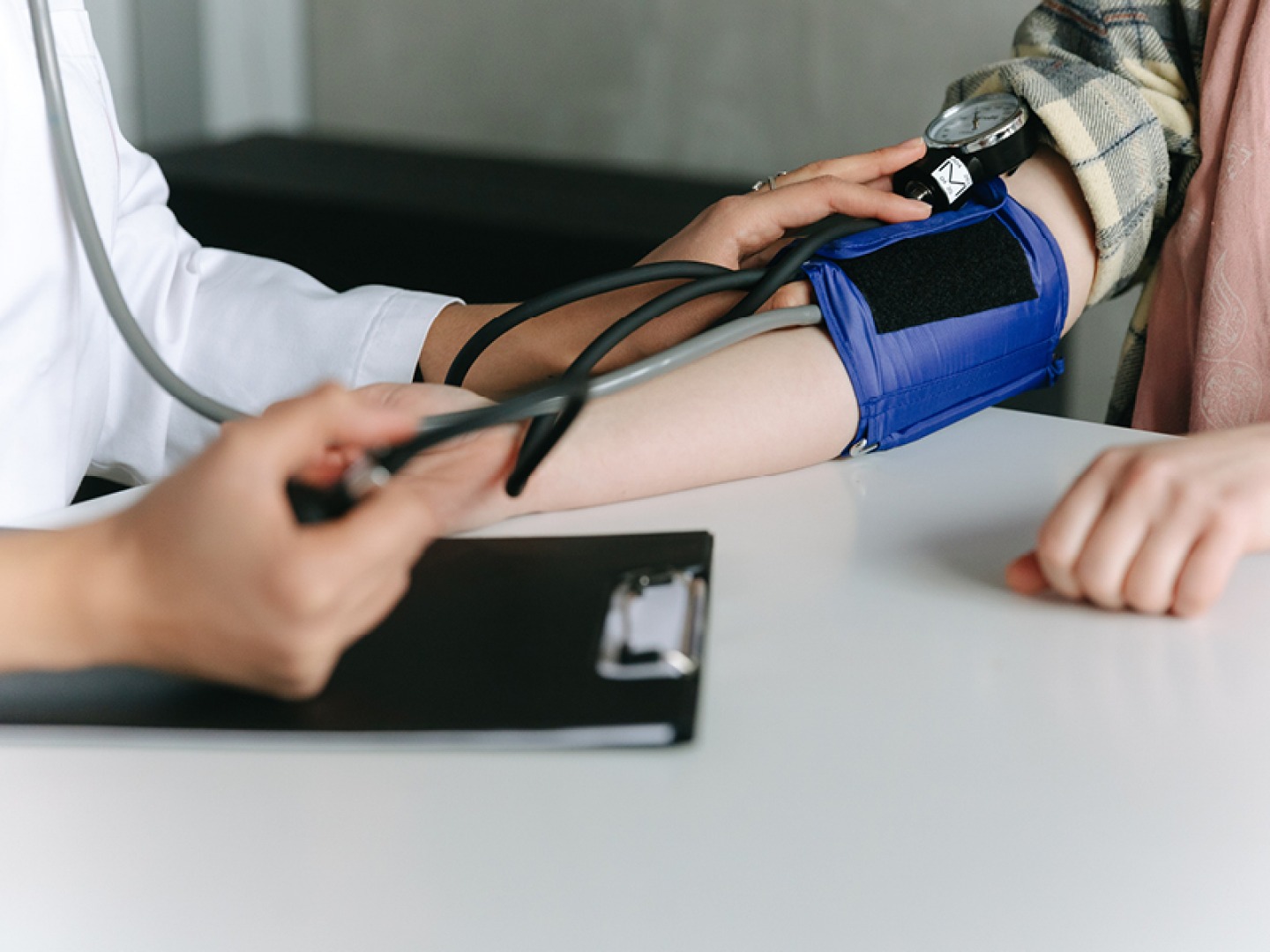Silent Heart Attack Signs to Look Out For as Cases Rise Among Younger Women

Silent heart attacks, or ischemia, are on the rise among younger women, and are not always easy to spot – hence why they are being labelled ‘the silent killer’

You can have a heart attack without recognising it for what it is, and sadly, under-the-radar attacks are more fatal for women than men, largely because the symptoms are different, easily mistaken for indigestion, stress, anxiety or fatigue. Research shows that patients presenting with prolonged or excessive fatigue sometimes have suffered a heart attack weeks or months before without even realising.
Silent ischemia accounts for 45 percent of all heart attacks. Tricky to spot, symptoms might include feeling faint, a pain which radiates up into your jaw, breathlessness, back pain and possibly, but definitely not always, some chest pain. They differ from symptoms normally associated with a heart attack which include chest pain which lasts more than a few minutes, cold sweats, nausea and vomiting, and severe shortness of breath.
Silent attacks may go on for days, and a single episode is enough to weaken your heart. Just like any other heart attack it occurs where the blood flow to a section of the heart is temporarily blocked and as a result can cause scarring to the heart muscle.
Read More: How To Cope With Depression
‘A silent heart attack can be just as dangerous as its more obvious counterpart,’ says Clinical Cardiologist Dr Deborah Ekery. ‘Because the event often leaves scarring and damage to the heart, it puts the person at greater risk of other heart problems. And because the person didn’t know to seek treatment, blood flow to the heart might not have been restored early on, and no medications were administered, so the impact could potentially be greater.’
So what can we do to help avoid this silent killer? The risk factors surrounding ischemia are the same as for a regular heart attack and are increased by high blood pressure, high cholesterol, smoking, obesity and sadly, age. A family history of heart disease can also be a contributory factor, as can excessive stress.
The first thing to do is to know how at risk you might be which includes getting your blood pressure and cholesterol checked. Don’t smoke, and do exercise regularly, and try and eat a healthy diet without too much salt or unhealthy fat, but above all, you do know your own body. If something doesn’t feel right then do see a doctor.
goredforwomen.co.uk









